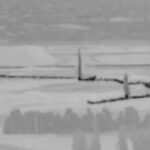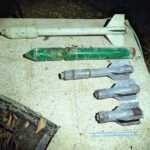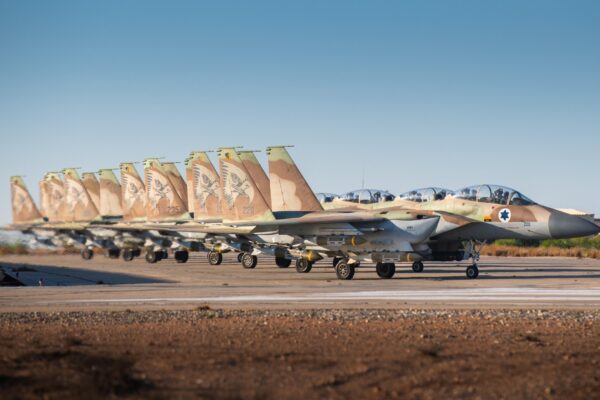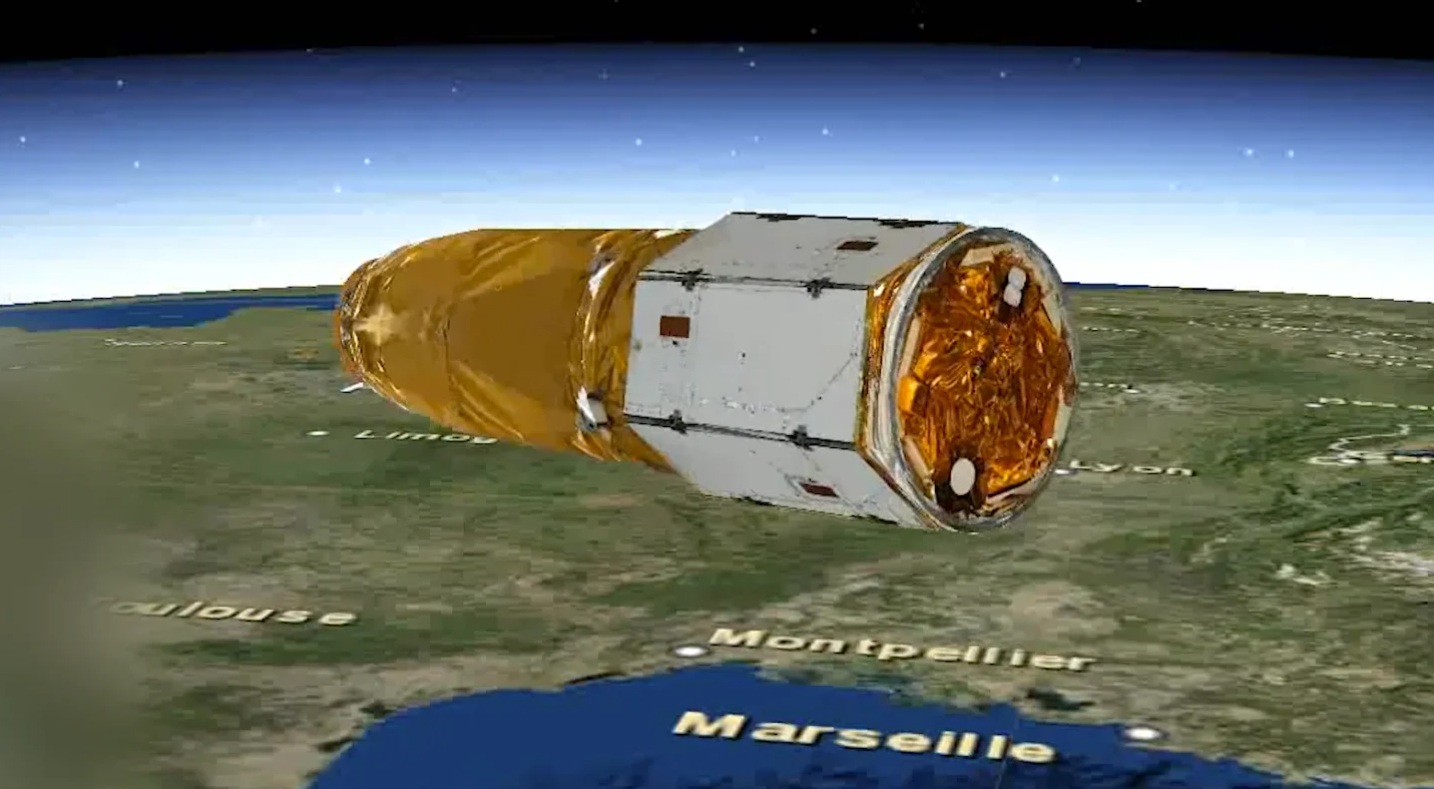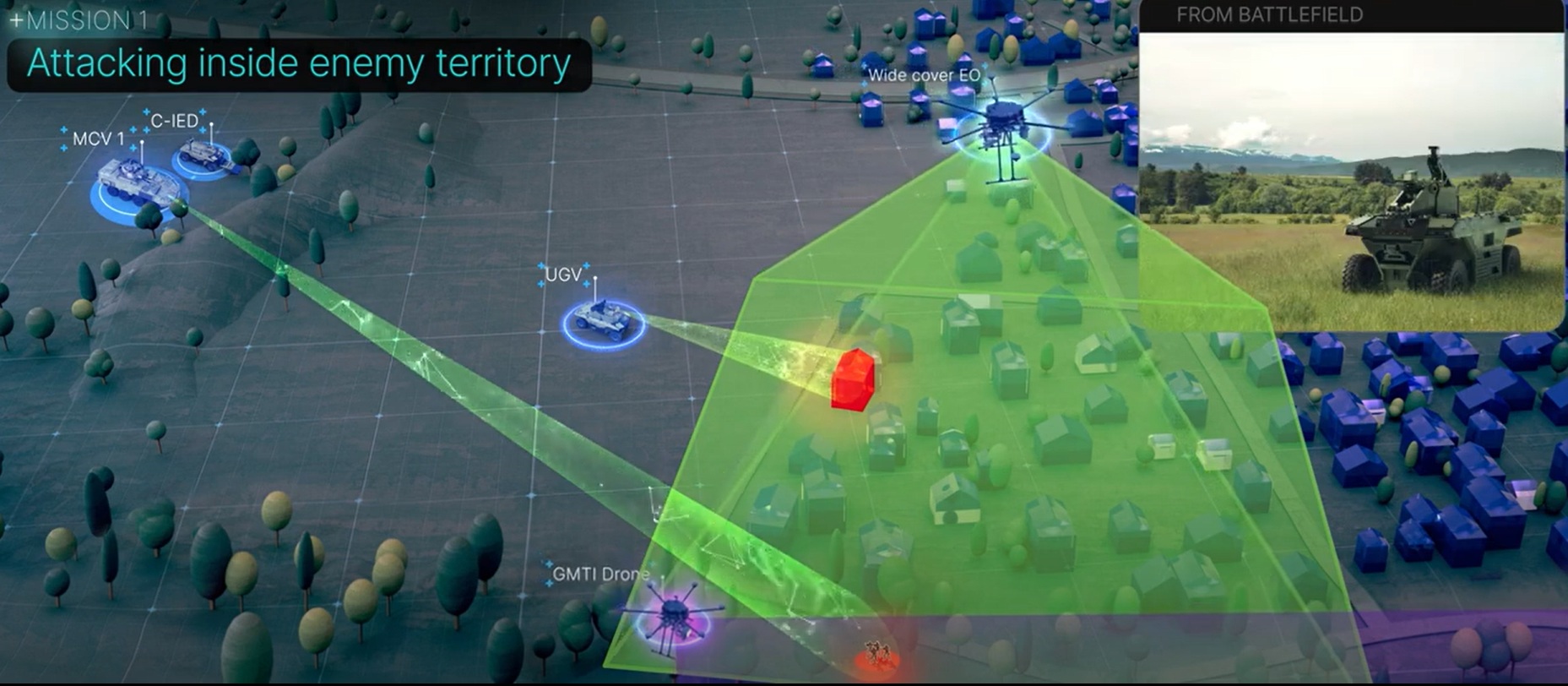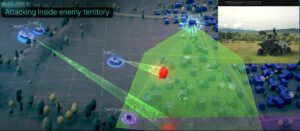The system is designed to handle saturation attacks that would overwhelm traditional missile-based defenses.
By Hezy Laing
In response to escalating drone threats from Hezbollah in Lebanon and Houthi-linked factions operating out of Egypt, Israel has deployed a groundbreaking Drone Swarm Defense System designed to intercept and neutralize mass UAV incursions.
This advanced technology marks a significant shift in Israel’s air defense strategy, moving from reactive missile interception to proactive autonomous aerial engagement.
The system was developed by Rafael Advanced Defense Systems in collaboration with the Defense Ministry’s Directorate of Defense Research and Development (MAFAT), and integrates artificial intelligence, real-time sensor fusion, and autonomous decision-making.
How It Works
The Drone Swarm Defense System operates by launching coordinated defensive drones that can detect, track, and intercept hostile UAVs midair.
These drones communicate with each other in real time, forming a dynamic aerial net that adapts to the speed, altitude, and trajectory of incoming threats.
Unlike traditional systems such as Iron Dome, which are optimized for rockets and larger projectiles, this swarm technology is specifically calibrated to handle low-flying, small-scale drones that often evade radar and conventional interceptors.
The system is designed to handle saturation attacks that would overwhelm traditional missile-based defenses like Iron Dome.
It typically deploys dozens to hundreds of drones, depending on the threat level and operational environment.
While exact numbers are classified, defense sources suggest that a single swarm can include anywhere from 50 to over 200 autonomous drones, coordinated by artificial intelligence to intercept incoming UAVs.
The swarm’s size is scalable—meaning it can expand or contract based on the volume of incoming threats, whether it’s a small reconnaissance group or a mass drone assault from Hezbollah or Houthi factions.
The Threat
Recent incursions from Lebanon have seen Hezbollah deploy dozens of surveillance and attack drones simultaneously, targeting IDF outposts and civilian infrastructure in northern Israel.
Similarly, Houthi drones launched from Egypt’s Sinai Peninsula have penetrated deep into Israeli airspace, triggering alerts in Eilat and surrounding Negev communities. These tactics are designed to overwhelm static defenses and exploit gaps in radar coverage.
The swarm system counters this by creating a mobile, intelligent shield that responds instantly to evolving threats.
Integration with Other Systems
Rafael’s system also integrates with Israel’s Iron Beam laser platform, allowing for layered defense where drones can either intercept physically or designate targets for laser neutralization.
The deployment of this system along Israel’s northern and southwestern borders reflects a broader strategic pivot toward automated warfare, where AI and robotics play a central role in national defense. There are also plans to extend coverage to the Jordan Valley.
As drone warfare becomes more prevalent among Israel’s adversaries, the ability to counter mass UAV attacks with precision and speed is no longer optional—it’s existential.






















